Italy 2: A Glimpse of Italian Agriculture: A Tour of Northern Italy by Bus and Train
Yesterday as we were sitting on our fourth train, after too many buses to remember, and the second day of this, the story I wanted to share with you was so vivid and so important in my thoughts, but today as I lie in our tent in Cortina it's all just a blur. So many things here are familiar and yet everything commands my attention as if I am a two year old trying to make sense out of the world all over again.I have forgotten how many days it has been now. We left Foppolo and hiked over Dordona Pass on the Gran Via Orobie Senterio. There are more trees now. We did not see any more sheep or goat herders, but on our way up to Valbona Pass we passed a group of hunters. As we reached the top of Valbona Pass we saw a large herd of wild Chamois goats. Here is where we began our 8,000 foot descent down to the Adda River valley. We passed a herd of cows and a small herd of goats and then a large home with a sign for cheese.It was the next afternoon before we made it down to the river valley. The first town we came to was Cedrasco. There was a chapel. We passed two public fountains with water gushing out a pipe into a small basin. I had the urge to fill my water bottles, but they were already full. We passed by several kitchen gardens, some small, some large. I saw beans, tomatoes, squash, kiwi, and some greens. Some of the buildings looked very old and others new or restored. Some buildings were so old that I wanted to walk up and touch them the way I would an old, large tree. I found myself stopping; I felt such a pull, but I refrained from walking up and greeting the buildings. I ran my hand along a few as I passed by. The feelings were overpowering, my emotions overwhelmed... We hurried through the town taking a bike path to connect to the other side of the river to catch a train. On one side of the bike path there were large trees growing next to the river and on the other side of the bike path there were corn plants, acres and acres of corn, right in town. We crossed the river on a bridge into the town of Berbenno. We caught a bus to another town where we could catch a train to Tirano. This began our public transportation extravaganza across the mountains to Cortina. It took four trains, five buses, a taxi, a hotel, a sleaze camp, and the better part of three days.On our train ride through the Adda River Valley I saw kitchen gardens here and there, more corn, grapes on the hillsides, and then as we got further eastward, apple trees, acres and acres of apples. They were trimmed short and narrow, maybe 15 feet high and only a few feet wide. They were planted in fields, between houses, right up to the roads, beside businesses, so many little apple trees, everywhere. I love agriculture like this, integrated into life, into the towns, living with the food that makes the community and feeds the soul.The idea of growing food where you can see it has always appealed to me; where people are invested in it and care for the environment that it grows in really seems to me to be the only sustainable way to go about it. When we don't see our food then price becomes the only measure of productivity. Laws develop that make it illegal to know where food comes from and illegal to photograph food manufacturing processes. Big companies fight labeling, patent seeds, and hold the consumer and small farmer liable for following these laws that go against thousands of years of agriculture. Human & environmental health and community become secondary, or in the case of conventional US agriculture, completely non-existent in the equation. Conventional US agriculture is a crime against humanity and against nature. I know many of you will disagree with that statement, but it is what I have studied for most of my adult life. And my passion for the garden began as soon as I learned to crawl and could make my way out to the strawberry patch in my mother's garden.We arrived in Tirano and found the least expensive hotel. The pamphlet in our room stated that it has been run by the same family for four generations. Places of interest, listed on the free map of Tirano, included a building from the tenth century that had been expanded in the sixteenth and seventeenth centuries, and restored in 2001, another building from the fifteenth century with an interior painted with frescoes, and the list continued... I looked out across the veranda window. Each building had a personality, some were fully restored with fancy details, some were showing their age with old shutters and flaking paint revealing the stones beneath. Further out I saw acres of grapes on the hillsides. And through a valley between mountain ridges I was looking at Switzerland.We left early the next morning to catch a bus to Bormio. The architecture began to change to more of a Bavarian style. The buildings were still what looked like parged and painted stone, but they were finished with wood below the eaves. The eaves were decorated with carved wood and many of the balconies were also wood. More flower baskets hung from the windows and balconies.From Bormio we took a taxi to the top of Stelvio pass. The road up to the pass was crazy, switchback after switchback. It was hardly wide enough for two cars to squeeze past each other, and in some places it wasn't even that wide. There were more bicycles riding up than cars. There were tunnels one lane wide that you had to honk all the way through to let the cars on the other side know you're coming. We gained ~10,000 elevation by the time we reached the top of the pass.It was a zoo at the top, several hotels, ski lifts (and people were skiing too), shops with T-shirts for sale, trinkets, food stands, and people everywhere. Stelvio pass is very near the border with Switzerland and it is a border of South Tyrol, an autonomous region of Italy, where the people all speak German. We caught a bus down the other side of the pass to the town of Stilfs. There were forty-seven switchbacks down this side of the pass, more cars, more bicycles, motorcycles and campers on their up and down the pass, and the road was just as narrow and steep as the other side.From Stilfs we caught another bus, and eventually a train, and another, and another. We traveled through the Aldige River valley, the Elsarco River valley, and another river valley. As we made our way east to Dobbiaco I saw more apple trees, grapes, and corn. Like the Adda River valley, these too were planted right in town, between houses, beside businesses, and along side bike paths. I saw castles on hillsides, large aqueducts coming down the hillsides to the towns, and steep switchback roads ascending the mountain sides to houses and little towns higher up.From Diobbaco we could see Tre Cime, the three summits. Diobbaco was filled with bicyclists and people with trekking poles in their day packs. We arrived late. We had dinner at a pizzeria in one of the many hotels in town. As we ate, I thought about the different foods I've eaten and the food I have seen available in the supermarkets here. The markets, even the super markets, are small. In some ways having a more limited selection than the US, but in other ways a more varied selection. At the restaurants, salads are not just romaine, spinach, or iceberg lettuce. Here, what I've seen, and not just at the expensive places, salads are made of many things: arugula, chicory, cress, romaine, beans, carrots, and a few things I don't know. It is the same in the supermarkets; the produce selection is smaller than what you might typically find in the US, but it is filled with many different fruits and vegetables. I've taken note of the labels on the produce as I shop at the markets here, and so far what I've seen shows the origin of the produce as Italy. Olives, wine, cheese, bread, grapes, tomatoes, chocolate, and canned fish are all very inexpensive. Beef is expensive. Ham, in various preparations, is widely available. And it is nearly impossible to eat vegan in a restaurant. I have not seen the range of modern vegetable oils in processed foods here like in the US. What I have seen here is typically either olive oil or palm oil listed in the ingredients. The market aisles are not filled with potato chips, candy, and soda, though there is some. I've seen very little candy and chips in the markets, but more available at train stations and in vending machines. The coffee is good here, and very affordable. Cafés and bars seem universally the same, coffee by morning and liquor by night, though no one here seems much concerned with when you drink either. I could go on and on about the food here, and so many other details, but I'm told that this post is already rather long so I'll refrain for now...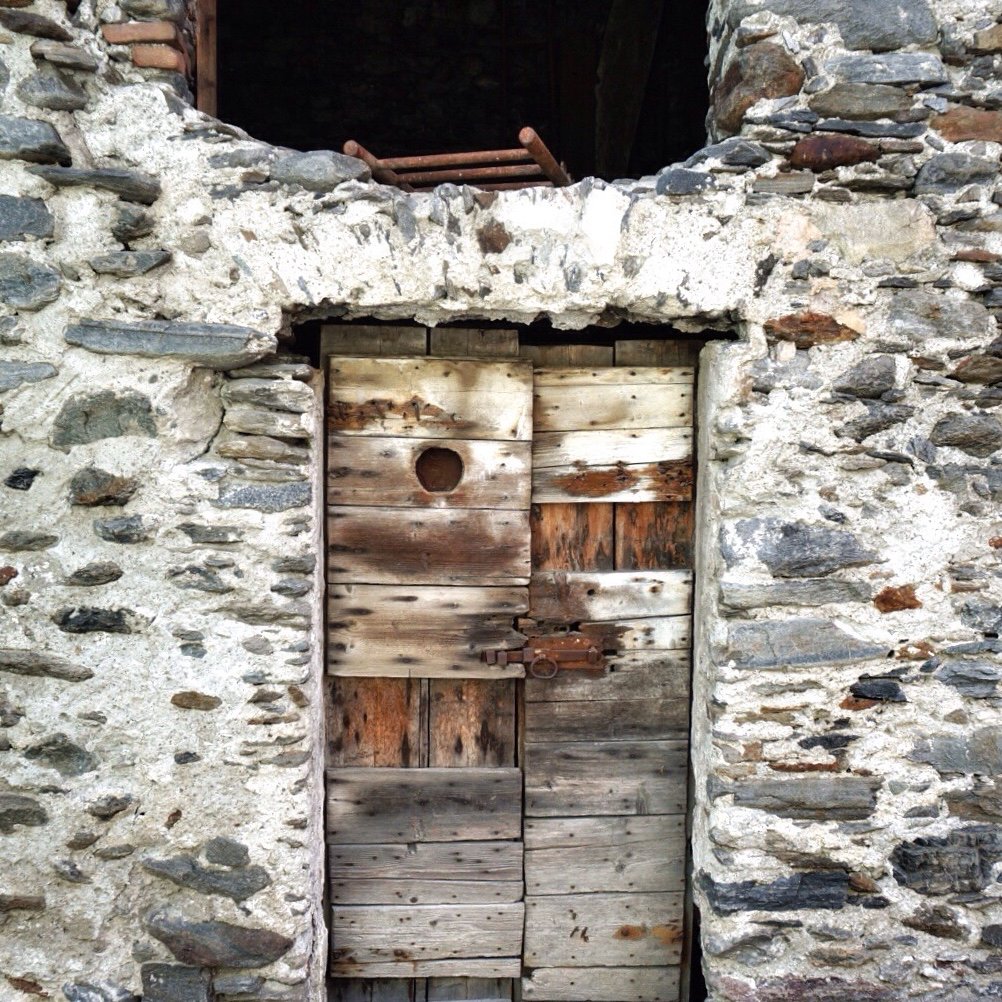
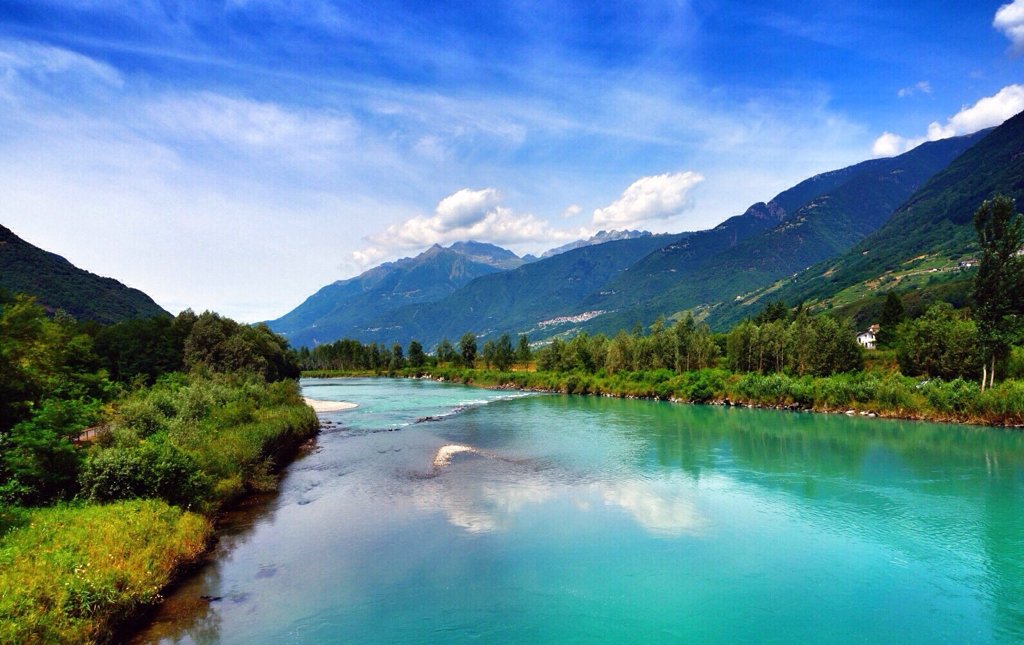
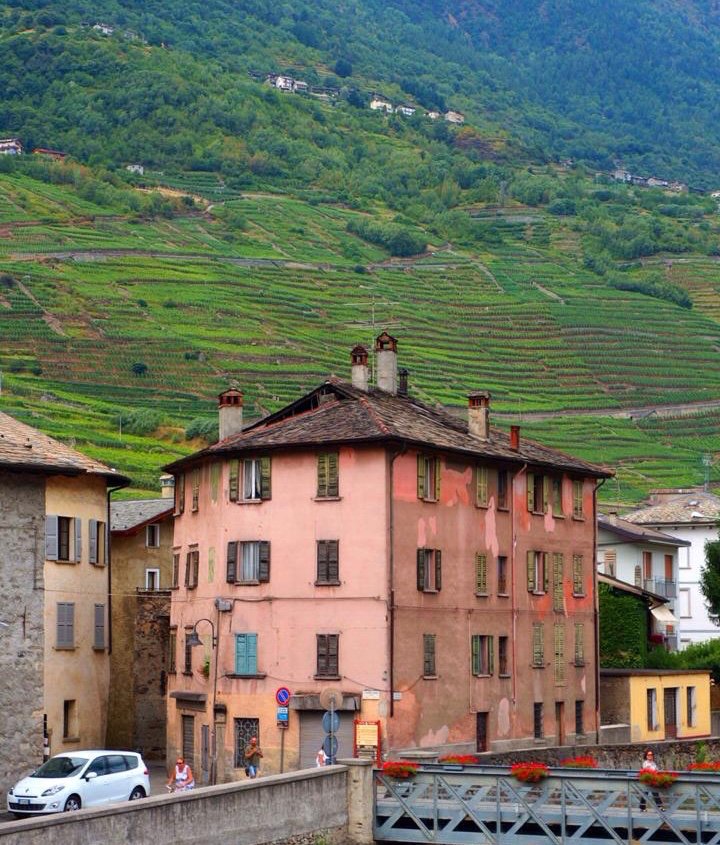
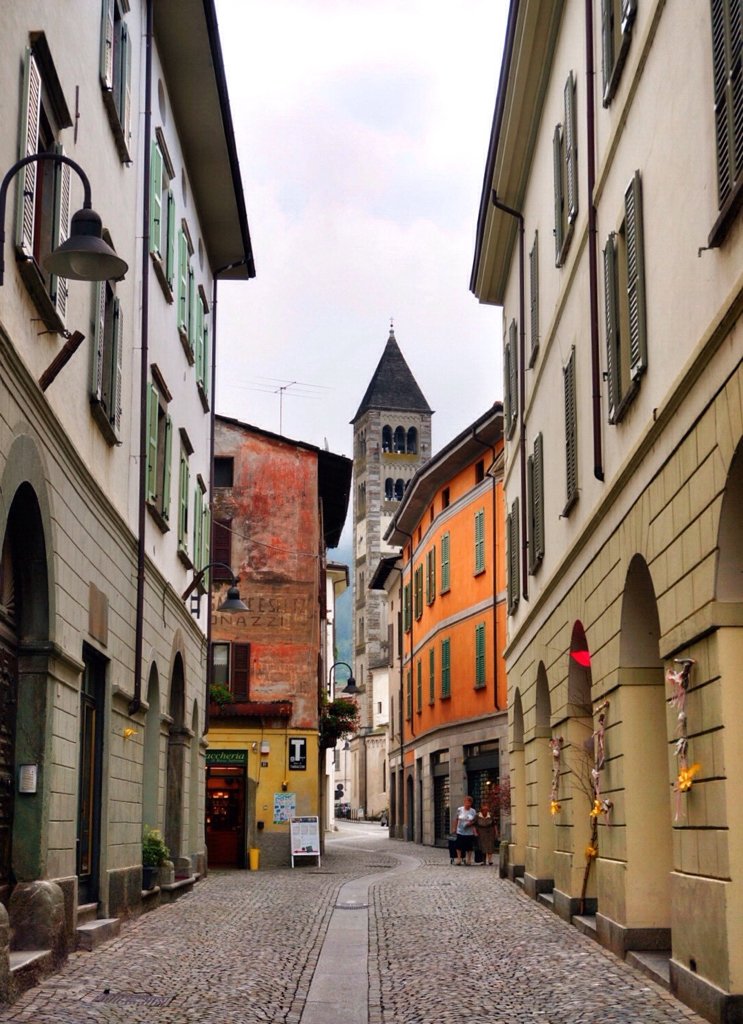
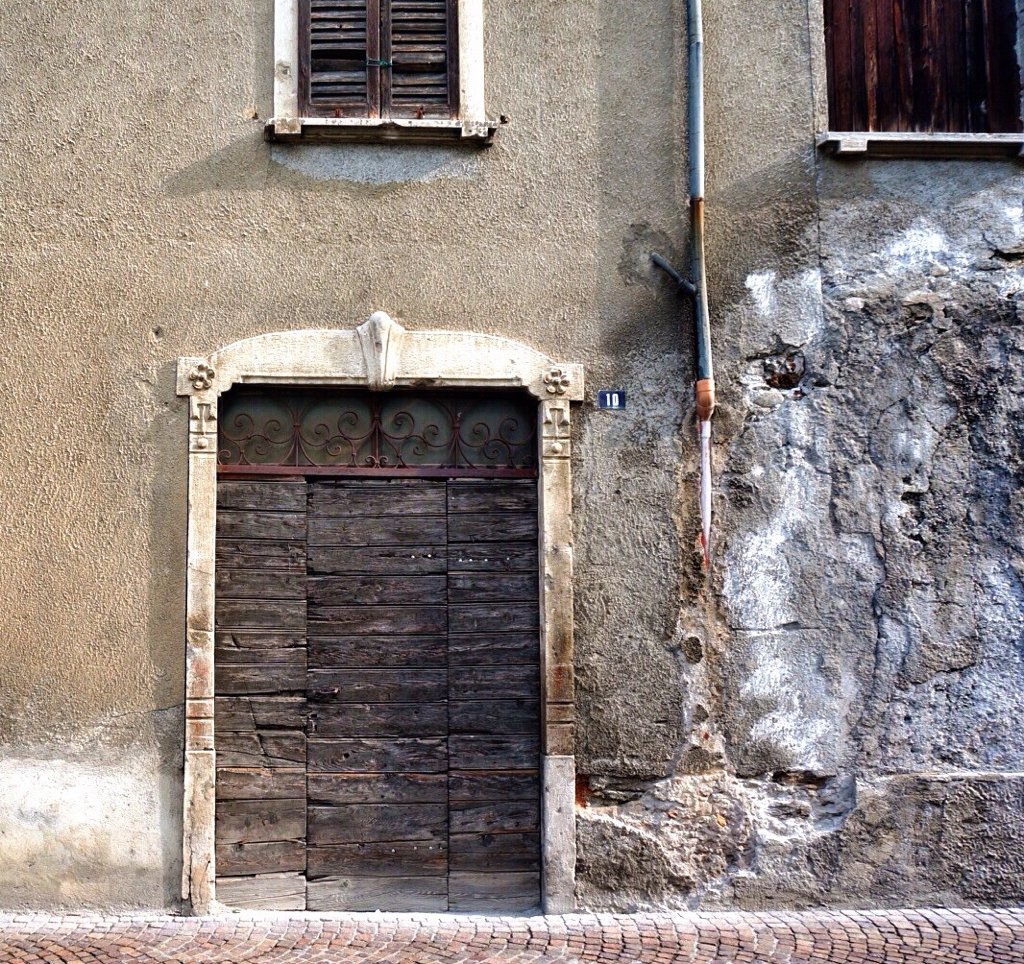
 _
_

